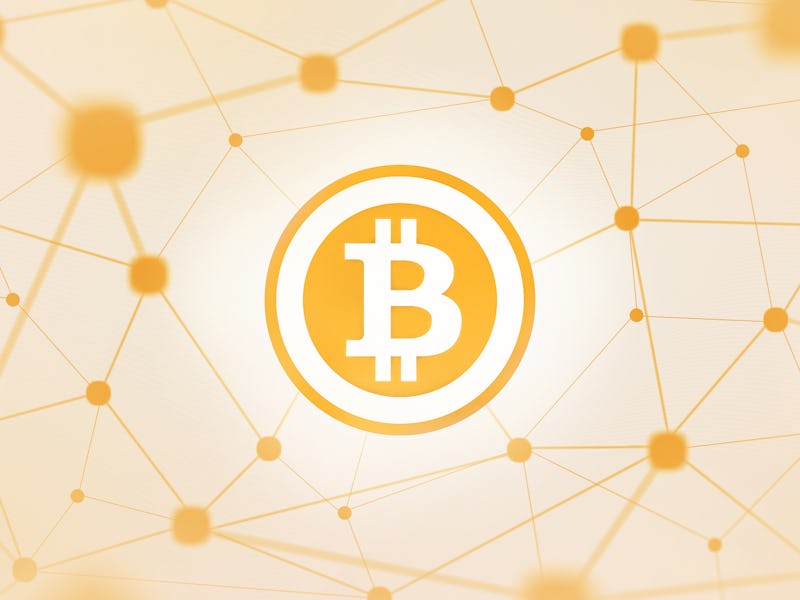Ripple vs. Bitcoin: The 5 Biggest Differences Between the Cryptocurrencies
Here's what you need to know.

Ripple is making waves. The cryptocurrency has burst onto the scene at the start of this year, with a surging value that’s pushed Ethereum aside to grab the title of second-largest token.
There’s a number of key differences between Bitcoin and Ripple. The former was first outlined back in 2008, and following a big run at the end of last year now holds value of $16,426 per token. Ripple, founded in 2012, has seen big interest from businesses including three Japanese credit card companies. It currently holds a deceptively low value of $3.12 per token.
Here are some of the key differences between the two cryptocurrencies, and what you need to know most:
Decentralization
Bitcoin and Ripple have very different governance and ownership structures.
Bitcoin is highly decentralized and open source, owned by a community that agrees on changes. This can make upgrades tough. Developers can use “soft forks” to avoid irreversible splits, which are backwards-compatible changes to the system’s use that allows nodes to opt in and out of the changes, avoiding breaks in the network. However, at least 51 percent of bitcoin mining power needs to support the change to avoid an irreversible “hard fork.”
Ripple is owned by a private company, and its internal ledger is a more closed affair. The company’s consensus-seeking approach can allow for faster upgrades. With the amendment system, developers seek consensus before making changes to the network. In most cases, if an amendment receives 80 percent support for two weeks, it will come into effect and all future ledgers must support it. This enables a democratized approach to development that allows for changes while avoiding irreversible splits.
End Goals
Bitcoin and Ripple have conflicting approaches to cryptocurrency. Where Bitcoin’s decentralized approach means anyone can use it for whatever they feel like, Ripple is marketing its cryptocurrency as an asset transfer solution for major calculations. The company touts more than 100 customers, with more than 75 of those clients deploying Ripple commercially.
Size
Bitcoin is huge. At the time of writing, the total valuation of all bitcoins in circulation is at $276 billion, while Ripple is at $120 billion. These two rest at the top of the cryptocurrency pile, while the total market is valued at $769 billion.
Can Bitcoin retain market dominance?
This may seem confusing, considering the discrepancy in the price of a single token. The important thing to bear in mind, though, is that there are 38 billion XRP tokens in the world, and just 16 million bitcoins. This means that each bitcoin is more valuable, but the entire market isn’t too far off Ripple’s valuation.
Coins in Reserve
The creators of both cryptocurrenies hold a number of tokens in reserve. In the case of Bitcoin, Satoshi Nakamoto — a pseudonym for the coin’s anonymous creator — reportedly holds 980,000 of the total possible 21 million bitcoins that will ever exist. Sergio Lerner, head of cryptocurrency firm rsk.co., claimed in 2013 that these untouched bitcoins almost certainly belong to Nakamoto as the founder would have complete confidence in his creation.
A similar case exists with Ripple. The company holds around 62 percent of all the XRP supply, which is capped at 100 billion.
Transaction times and fees
Bitcoin has come under fire for its transaction times and fees. Users can pay miner to prioritize their transaction. As a result, average fees have risen to $27, while each transaction takes on average 70 minutes to clear.
Ripple requires a minimum transaction cost to avoid overloading the network. At the time of writing, this is 0.00001 XRP, or a fraction of a cent. To pay the fee, the network destroys the XRP rather than paying it to anyone in particular, which in turn increases the value of the remaining XRP.
Ripple transactions can settle in as little as four seconds thanks to what’s known as “off-ledger” transactions. Essentially, a provider batch processes a number of transactions before putting them on the blockchain, maintaining the security features of cryptocurrency while avoiding the hassle of logging each transaction at a time.
A similar solution for Bitcoin, the Lightning Network, is under development. Whether it’s enough to turn things around for Bitcoin, and potentially encourage the same business adoption as Ripple, remains to be seen.